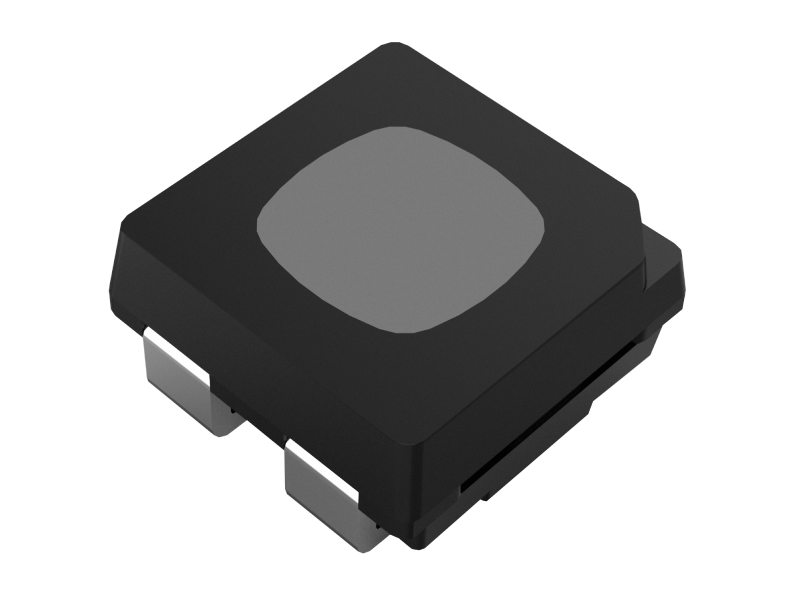LED and LCD are the two most popular options for screens on the market. They are widely used in all aspects of our lives and have become the mainstream to display graphic information and images. Generally speaking, LCD screens are more often used in smaller sized electronics such as mobile phones, TVs, and computers, and are mostly used in indoor environments. On the other hand, LED screens provide a wider range of application scenarios, and their appearance and size often vary greatly due to different application scenarios. So, what are the differences between LED screen and LCD screen? Here in this article, let’s dive into this question and learn detailed differences between the two different screen technologies.

LCD screen, the full name is liquid crystal display, which is a technology that uses the optical properties of liquid crystal to change the transmittance of light by controlling the electric field to achieve image display.
LCD screen is mainly composed of three parts: backlight module, liquid crystal layer and color filter. The backlight module provides light source, the liquid crystal layer controls the transmittance of light through the electric field, and the color filter is responsible for presenting rich colors.

An LED screen usually consists of multiple LED display panels seamlessly spliced together. Each LED display panel contains hundreds or even thousands of LEDs and forms a pixel array.
LED stands for Light Emitting Diode, which is a semiconductor that can emit light by itself.
When current passes through a PN junction composed of electrons and holes, they collide with each other and release energy. This energy release is transferred to the semiconductor material in the LED chip, thereby stimulating energy and generating light.
By combining three different LED chips, R, G, and B, you can get a full-color LED lamp bead, thereby making a piece of LED display panel.

In this section, let’s see the detailed differences between LED screens and LCD screens from 7 different aspects.
LCD screen: A display screen composed of liquid crystals that emits light by refracting light and requires a backlight layer to illuminate the pixels.
LED screen: A display screen composed of LEDs, or light-emitting diodes, that can emit light by itself, and each pixel can project light in the three primary colors of red, green, and blue.
LCD screen: The color saturation is relatively low, the display effect is more natural, and it is not easy to get tired after watching for a long time. However, when the refresh rate is low, the dynamic picture may be smeared.
LED screen: The display effect is more vivid and full, the colors are rich, the contrast is high, the black is deeper, the white is brighter, and the image is clearer and more delicate.
LCD screen: Due to the presence of backlight layer and liquid crystal layer, it is relatively thicker, has slightly poor light transmittance, and is not easy to make thin.
LED screen: Light and thin, the light-emitting diode is small, and it is easy to achieve large size and light and thin design.
LCD screen: High power consumption, its backlight layer can only be fully on or fully off, so it is impossible to light up certain pixels individually.
LED screen: Low power consumption, each pixel works independently and can be lit up individually, so it is more energy-efficient.
LCD screen: It uses inorganic materials, has a slow aging rate, and a long service life, usually up to 40,000 hours or more.
LED screen: LEDs can last more than 50,000 hours, which means LED screens also have a very long lifespan, and meanwhile reducing replacement costs.
LCD screen: More used in indoor environments, especially in some scenes that need to be viewed at close range, such as corporate exhibition halls, small meeting rooms, etc.
LED screen: Widely used in both indoor and outdoor scenarios, such as outdoor publicity, indoor display (conferences, press conferences, command and dispatch), etc. In addition, LED screens can also take into account extremely high protection performance, such as waterproof and dustproof, and are not affected by extreme weather.
LCD screen: LCD screens often use standardized sizes, so they have obvious limitations in size and appearance.
LED screen: LED screens can be assembled from almost any number of LED display panels, so there is a lot of room for size and appearance.
LCD screen: When using multiple LCD display panels to splice a larger LCD screen, since each LCD display panel has a border, it will affect the overall display effect to a certain extent.
LED screen: LED display panels do not have any borders, so there will be no obvious black line between the two LED display panels, and seamless splicing can be achieved, thereby ensuring the overall aesthetics of an ultra-large LED screen.
LCD screen: It is difficult to realize some creative designs with LCD screen, such as flexible panels.
LED screen: LED screen can use some unique substrate materials to achieve the effects of flexible LED screen or transparent LED screen.

Kinglight provides various LEDs for screen manufacturing
As two different display technologies, LED screens and LCD screens have obvious differences in many aspects such as screen characteristics, display effects, thickness and weight, power consumption, application scenarios, etc. Among them, LCD screens are mainly used in indoor environments, and most of them are small-sized daily displays, such as mobile phones, TVs and computers; while LED screens have better scalability, so their application space is wider, and LED screens are mainly used to play commercial advertisements or disseminate public service information, and are the preferred solution for large commercial displays.